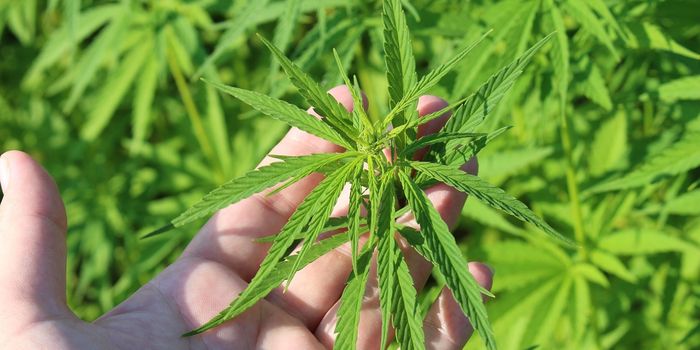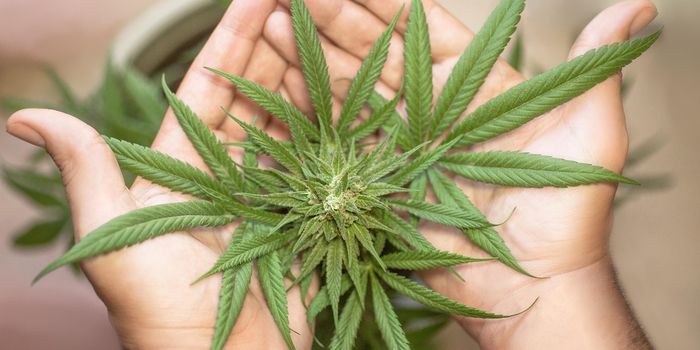Can Cannabis Help Manage Symptoms of Multiple Sclerosis?
As laws around cannabinoids continue to evolve, some people with chronic illnesses such as multiple sclerosis (MS), are using cannabis to reduce their symptoms. But is cannabis effective in managing symptoms of MS?
MS is a chronic disease that affects the central nervous system. While its cause is unknown, the disease is characterized by the immune system attacking nerve fibers and myelin sheaths (a fatty substance surrounding nerve fibers that aids their communications) in the brain and spinal cord. This can lead to fatigue and numbness, or in more severe cases, vision loss, paralysis and diminished brain function.
Most research that has examined the effects of cannabis on MS involves cannabis in the form of an oromucosal spray known as Sativex that contains both THC and CBD. A summary from 2014 for example found that the spray may be effective against spasticity symptoms, pain and urinary frequency among those with MS. The researchers noted however that it has little efficacy for tremors.
Another study from 2018 found that cannabis products on a 1:1 ratio of CBD to THC may be able to lessen muscle spasticity and pain among people with MS. The study also found that cannabis may reduce inflammation related to fatigue. This, according to the researchers, could also improve mobility among those with MS.
Meanwhile, a study also from 2018, found that Sativex use among those with MS was not associated with a higher incidence of motor vehicle accidents. In fact, the study found that the majority of patients using the medicine noticed an improvement in their driving ability after using the spray. The researchers noted that this may have come due to reduced spasticity and/ or better cognitive function resulting from the spray.
While there seem to be some benefits of using cannabis for symptoms of MS, further research is needed to confirm its therapeutic effects, as well as its safety for those with the condition. Nevertheless, the National MS Society advocates for the legalization of cannabis at the state level and seeks to remove federal barriers towards researching the substance.
Sources: Healthline, PubMed









